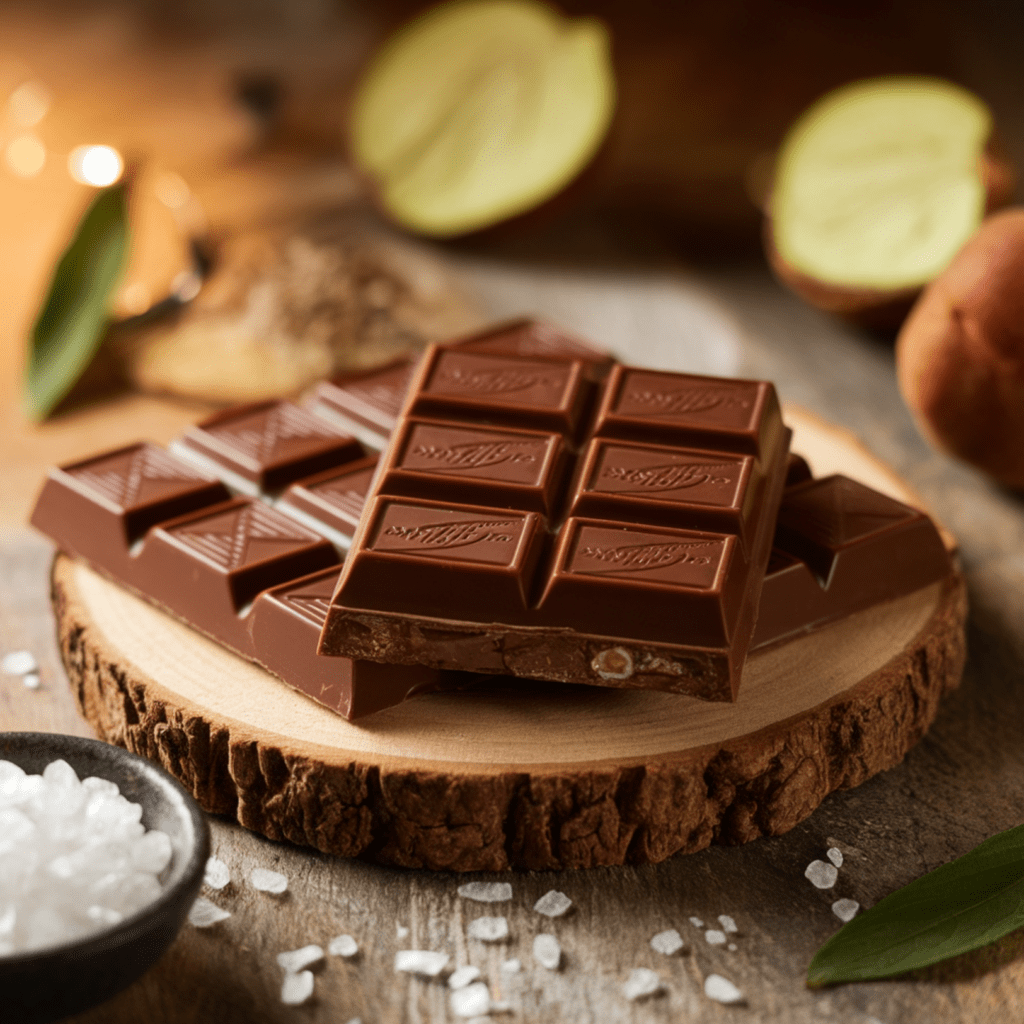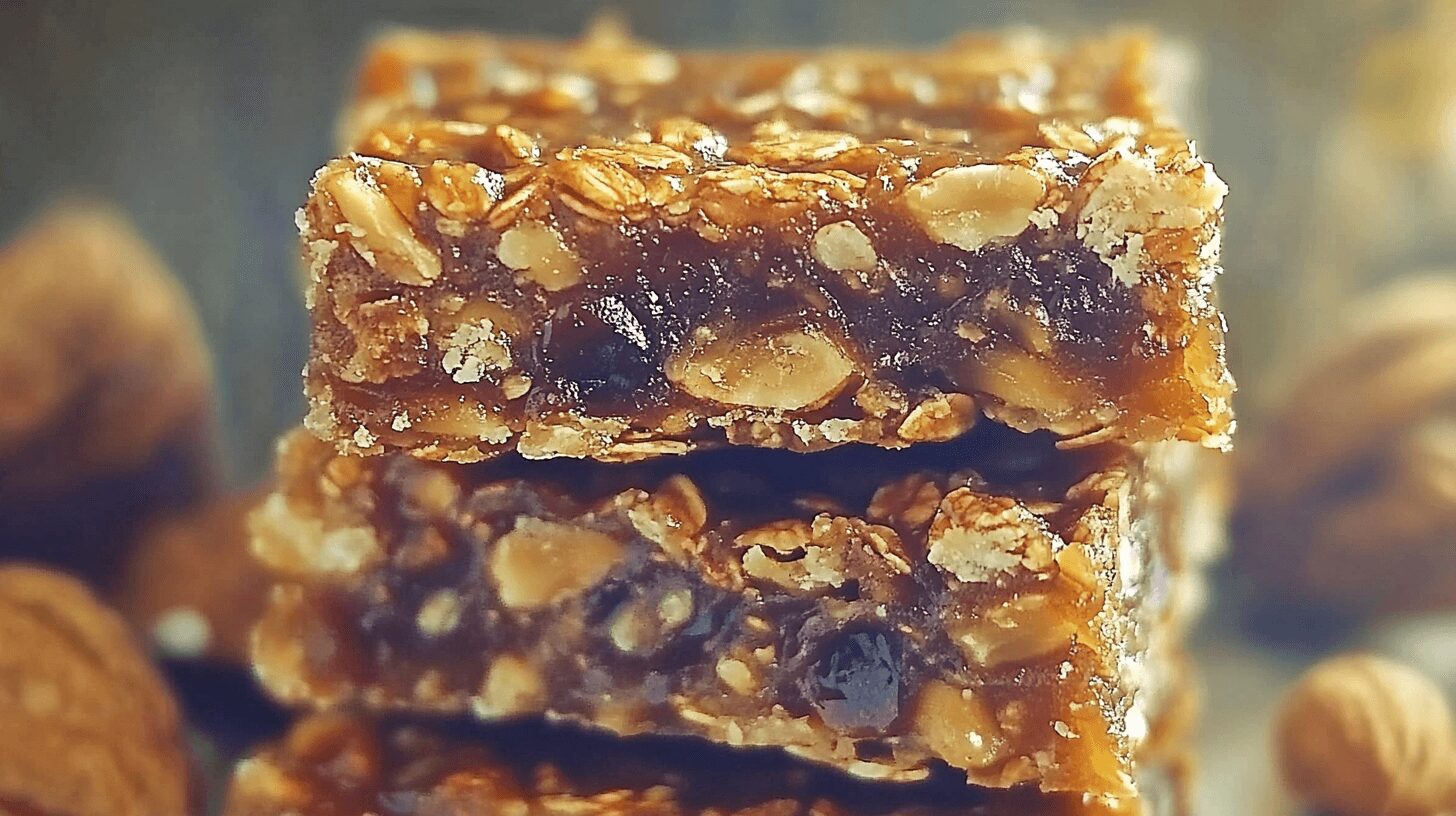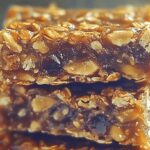Is Sugar-Free Chocolate Sugar-Free?
Sugar-free chocolate is a popular choice for those looking to cut back on sugar, but is it truly sugar-free? Is sugar-free chocolate actually sugar-free informational resources that can be hard to find? Understanding the ingredients and sweeteners in these products is essential. Moreover, knowing how they impact your health can help you make informed decisions. This comprehensive guide will explore the details, offering tips, creative variations, and answers to frequently asked questions about sugar-free chocolate.
What Does “Sugar-Free” Really Mean?
To determine if sugar-free chocolate is genuinely sugar-free, it’s important to examine the labelling carefully. In addition, understanding the legal definitions and the ingredients commonly used in sugar-free products can provide better clarity. The term “sugar-free” often implies a complete absence of sugar, but this is not always accurate. Learning the nuances behind this label can help you make more informed choices.
FDA Definition of “Sugar-Free”
According to the FDA, ” sugar-free ” products must contain less than 0.5 grams of sugar per serving. In fact, this means the sugar content is negligible enough not to significantly impact caloric intake or blood sugar levels for most people.
However, it’s crucial to understand that the serving size plays an important role in meeting this guideline. For instance, a sugar-free chocolate bar may technically qualify under these regulations, but the cumulative sugar content could become noticeable if you consume multiple servings. Therefore, paying attention to serving sizes is key when consuming sugar-free products.
Hidden Sugars in Sugar-Free Products
Also, many sugar-free chocolates can include hidden sugars disguised under alternative names. For instance, ingredients such as maltose, dextrose, or corn syrup solids may appear on the label. While these are not traditional table sugars, they can still contribute to the overall glycemic impact of the product.
For example, sugar alcohols like erythritol, maltitol, and sorbitol are commonly used in sugar-free chocolate to mimic the sweetness of sugar. The body partially absorbs these compounds and have fewer calories than regular sugar. However, they are not entirely free from metabolic effects. Maltitol, for example, has a higher glycemic index than erythritol, which can cause a more significant rise in blood sugar levels.
In addition, natural sweeteners like stevia and monk fruit extract are frequently added to enhance the sweetness of sugar-free chocolate. While these are considered healthier alternatives due to their low glycemic impact, they can sometimes have a distinctive aftertaste that some consumers find unpleasant.
Moreover, blending sugar alcohols with other artificial or natural sweeteners is a common practice to achieve a flavor closer to traditional chocolate. In contrast, some sugar-free chocolates use syrups like agave or coconut sugar, which still contain significant amounts of natural sugars and do not meet the FDA’s definition of “sugar-free.”
Why You Should Read the Label Carefully
Above all, understanding the ingredients in sugar-free chocolate is essential for making informed choices. For instance, sugar-free chocolate may still affect your blood sugar levels depending on the type and amount of sweeteners used. Therefore, always check the nutritional label for total carbohydrates and ingredients to identify hidden sugars or sugar substitutes.
In conclusion, while sugar-free chocolate offers a healthier alternative for those who want to reduce their sugar intake, it’s not always completely sugar-free. Paying attention to labelling, sweeteners, and serving sizes can help you enjoy sugar-free chocolate without surprises.
Common Sweeteners in Sugar-Free Chocolate
The type of sweetener used in sugar-free chocolate can significantly affect its taste, texture, and health benefits. In addition, understanding these sweeteners helps you choose the right product for your needs.
1. Sugar Alcohols
Sugar alcohols such as erythritol, maltitol, and sorbitol are frequently used in sugar-free chocolate.
- Pros: In fact, they have fewer calories and a lower glycemic impact.
- Cons: However, consuming too much can cause digestive discomfort.
2. Artificial Sweeteners
Artificial sweeteners like sucralose and aspartame are occasionally used in sugar-free chocolate. Moreover, they are extremely low-calorie and do not affect blood sugar levels.
- Pros: As a result, these sweeteners are suitable for diabetics.
- Cons: On the other hand, some people avoid artificial additives due to potential long-term concerns.
3. Natural Sweeteners
Natural sweeteners such as stevia and monk fruit extract are increasingly popular.
- Pros: Because of this, these options are often considered healthier and more natural.
- Cons: However, some may notice a distinct aftertaste.
How to Tell if Sugar-Free Chocolate is Really Sugar-Free
Determining whether sugar-free chocolate is genuinely free of sugar requires a closer look at its labeling and nutritional details. While the term “sugar-free” may sound straightforward, it often requires careful examination to understand what it means for your health fully. Below are two critical steps to help you identify if the sugar-free claim holds.
1. Read the Label Carefully
For instance, the first step is thoroughly examining the nutritional label and ingredients list. Look for terms such as “total carbohydrates,” “sugar alcohols,” or specific ingredients that could indicate hidden sugars. Sugar-free chocolate often includes ingredients like maltitol, erythritol, sorbitol, or other sugar alcohols. While these sweeteners are not technically sugar, they can still contribute to the overall carbohydrate content, which may impact your blood sugar levels to varying degrees.
Additionally, watch out for ingredients with alternative names for sugar, such as “dextrose,” “maltose,” or “corn syrup solids.” These are not always immediately recognizable but may still contain trace amounts of sugar.
Moreover, ensure you understand the role of natural sweeteners like stevia and monk fruit extract, commonly used in sugar-free chocolate. These healthier alternatives do not contribute to blood sugar spikes but may have unique aftertastes. Being vigilant about reading the label helps avoid surprises and align your choice with your dietary goals.
2. Check the Serving Size
In addition, consider the serving size listed on the packaging. The sugar-free claim applies to a single serving, which may contain less than 0.5 grams of sugar per the FDA’s guidelines. However, this does not mean the entire product is sugar-free if consumed in larger quantities.
For instance, a sugar-free chocolate bar may have multiple servings. If you consume more than the recommended serving size, the total sugar intake may increase, even though each serving individually meets the sugar-free criteria. In contrast, eating one or two servings might align with a low-sugar diet, but overindulging could negate the benefits.
Above all, serving size awareness is crucial for those monitoring their sugar intake for health reasons, such as diabetics or individuals on low-carb diets. You can better manage your overall sugar and carbohydrate consumption by staying mindful of portion sizes.
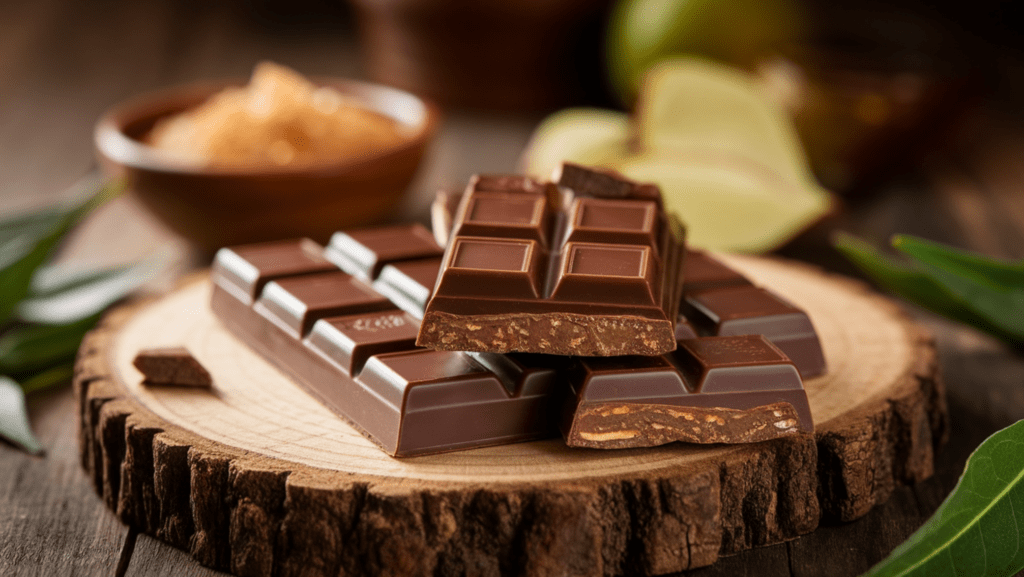
Benefits and Drawbacks of Sugar-Free Chocolate
When exploring the question, “Is sugar-free chocolate actually sugar-free informational,” weighing the benefits and drawbacks is crucial. Sugar-free chocolate offers unique advantages for individuals aiming to reduce their sugar intake, but it also comes with certain limitations. Below, we break down these points to help you make an informed decision.
Benefits of Sugar-Free Chocolate
1. Reduced Sugar Intake
Above all, sugar-free chocolate is a fantastic option for managing blood sugar levels. Since it eliminates traditional sugar, it is particularly beneficial for people with diabetes or those looking to maintain a low-glycemic diet. By replacing sugar with alternative sweeteners, sugar-free chocolate allows you to enjoy a sweet treat without the sharp blood sugar spikes caused by regular chocolate.
2. Lower Calories
Similarly, sugar-free chocolate often contains fewer calories than its sugary counterparts. This makes it an ideal choice for individuals focused on weight management. For instance, by reducing your sugar intake, you also cut down on excess caloric consumption, which can support long-term health goals.
3. Dental Health
In fact, sugar-free chocolate is less likely to contribute to cavities and tooth decay. Traditional chocolate contains sugars that feed harmful bacteria in the mouth, leading to plaque buildup and dental issues. On the other hand, sugar-free chocolate, especially when sweetened with sugar alcohols like xylitol, can even promote oral health by inhibiting bacterial growth.
Drawbacks of Sugar-Free Chocolate
1. Digestive Issues
For example, sugar alcohols like maltitol and sorbitol, commonly used in sugar-free chocolate, may cause digestive discomfort. Consuming large amounts of these sweeteners can lead to bloating, gas, or even diarrhea in sensitive individuals. Therefore, moderation is key when enjoying sugar-free chocolate to avoid unpleasant side effects.
2. Taste
Moreover, some sugar-free chocolate brands have an artificial or bitter aftertaste due to the use of certain sweeteners. While natural options like stevia or monk fruit are improving the flavor profiles of sugar-free products, they may still not fully replicate the taste of traditional chocolate for some consumers.
3. Price
Additionally, sugar-free chocolate tends to be more expensive than regular chocolate. This is because the production of alternative sweeteners and high-quality ingredients often comes at a higher cost. As a result, sugar-free options may not always be accessible to everyone, especially for those on a budget.
Is Sugar-Free Chocolate Worth It?
When considering “Is sugar-free chocolate actually sugar-free informational,” it’s evident that sugar-free chocolate has its pros and cons. While it offers significant benefits like reduced sugar intake, fewer calories, and better dental health, it’s important to be mindful of potential drawbacks such as digestive issues, taste differences, and higher costs.
By understanding these factors, you can decide whether sugar-free chocolate fits your lifestyle and dietary needs. Above all, choosing high-quality brands and consuming sugar-free chocolate in moderation ensures that you reap its benefits while minimizing its drawbacks.
How to Choose the Best Sugar-Free Chocolate
- Prioritize Natural Sweeteners: For instance, look for stevia or monk fruit-based chocolates.
- Avoid Artificial Ingredients: Moreover, choose chocolates with simple ingredient lists.
- Taste Test: Above all, find a brand that matches your palate.
- Check Certifications: Similarly, certifications like “organic” or “keto-friendly” can indicate quality.
DIY Sugar-Free Chocolate: Step-by-Step Guide
Making sugar-free chocolate at home is both fun and rewarding. In addition, it allows you to control the ingredients and flavor.
Ingredients:
- 1 cup unsweetened cocoa powder
- 1/2 cup cocoa butter (or coconut oil)
- 1/4 cup powdered erythritol or stevia
- 1 tsp vanilla extract
- Pinch of salt
Instructions:
- Melt the Cocoa Butter: Heat it in a double boiler until fully melted.
- Mix Dry Ingredients: After that, combine cocoa powder, sweetener, and salt in a bowl.
- Blend Wet and Dry: Mix the melted cocoa butter into the dry ingredients.
- Add Vanilla: Additionally, stir in vanilla extract for extra flavour.
- Pour into Molds: Finally, use silicone moulds for easy removal.
- Refrigerate: Above all, chill for at least 2 hours before enjoying.
Creative Variations:
- Mint Chocolate: For example, add a few drops of peppermint extract.
- Nutty Delight: In addition, sprinkle crushed almonds or hazelnuts before refrigerating.
- Spiced Chocolate: Add cinnamon or chili powder for a unique twist.
FAQs
When exploring the topic “Is sugar-free chocolate sugar-free informational,” some common questions arise. Below, we address these FAQs in detail, helping you better understand the nuances of sugar-free chocolate.
Are sugar-free chocolates actually sugar-free?
In short, most sugar-free chocolates are not entirely sugar-free but contain alternative sweeteners like sugar alcohols or natural substitutes. These sweeteners replicate the sweetness of sugar without adding significant calories or affecting blood sugar levels as dramatically. However, it’s important to note that while sugar-free chocolates are designed to minimize sugar content, they may still contain trace amounts of sugar due to ingredients like milk solids or flavoring.
For more insights on how sugar-free chocolate fits into different diets, check out our guide: Can Diabetics Eat Sugar-Free Chocolate?
When something says sugar-free, is it really sugar-free?
In fact, “sugar-free” means the product contains less than 0.5 grams of sugar per serving, as per FDA regulations. This doesn’t imply a complete absence of sugar but rather a negligible amount that’s unlikely to impact your sugar intake significantly. However, the serving size listed on the packaging is critical to understanding the sugar content. Consuming multiple servings may add up to a noticeable sugar intake.
Want to know which chocolate products are genuinely sugar-free? Explore our article: Which Chocolate Does Not Have Sugar?
Does sugar-free candy really have no sugar?
Not only that, but sugar-free candies and chocolates often rely on sugar alcohols or artificial sweeteners instead of traditional sugar. Sugar alcohols like erythritol, maltitol, or sorbitol are popular choices because they mimic the texture and sweetness of sugar while being lower in calories. Additionally, some brands use natural sweeteners like stevia or monk fruit extract to create healthier alternatives.
For an in-depth review of sugar-free chocolates, including their ingredients and benefits, visit: What Is the Best Sugar-Free Chocolate?
What is the sweetener in sugar-free chocolate?
For instance, common sweeteners in sugar-free chocolate include erythritol, stevia, monk fruit extract, and sucralose. Each sweetener has unique properties that contribute to the flavor and texture of the final product. Sugar alcohols like erythritol and maltitol provide a smooth, sugar-like sweetness, while natural options like stevia or monk fruit are calorie-free and plant-based.
If you’re curious about the types of sweeteners used and their health implications, read: Is Sugar-Free Chocolate Actually Sugar-Free?
Learn More About Sugar-Free Chocolate
To dive deeper into the world of sugar-free chocolate and discover the best brands, recipes, and health tips, check out our comprehensive resources:
By exploring these articles, you can better understand whether sugar-free chocolate aligns with your dietary goals and preferences.
Conclusion
Sugar-free chocolate is a great option for anyone wanting to cut down on sugar. In addition, it allows you to enjoy a sweet treat without worrying too much about sugar’s effects on your health. However, it’s important to understand the sweeteners used in these products and how they might affect your body.
Above all, sugar-free chocolate can be a part of a healthy diet, whether you buy it from the store or make it at home. For example, chocolates that use natural sweeteners like stevia or monk fruit are good options for avoiding artificial ingredients.
In conclusion, while sugar-free chocolate offers many benefits, eating it in moderation is important. Eating too much can lead to digestive problems, and larger servings might still add more sugar than expected. If you have health concerns or specific dietary needs, talk to a doctor or dietitian to ensure sugar-free chocolate works for you.
For more helpful information, check out these articles:
- Artificial Sweeteners: What You Need to Know
- Sugar Alcohols and Digestion
- Stevia and Monk Fruit Explained
By choosing high-quality, sugar-free chocolate and sticking to sensible portions, you can enjoy delicious treats without sacrificing your health.
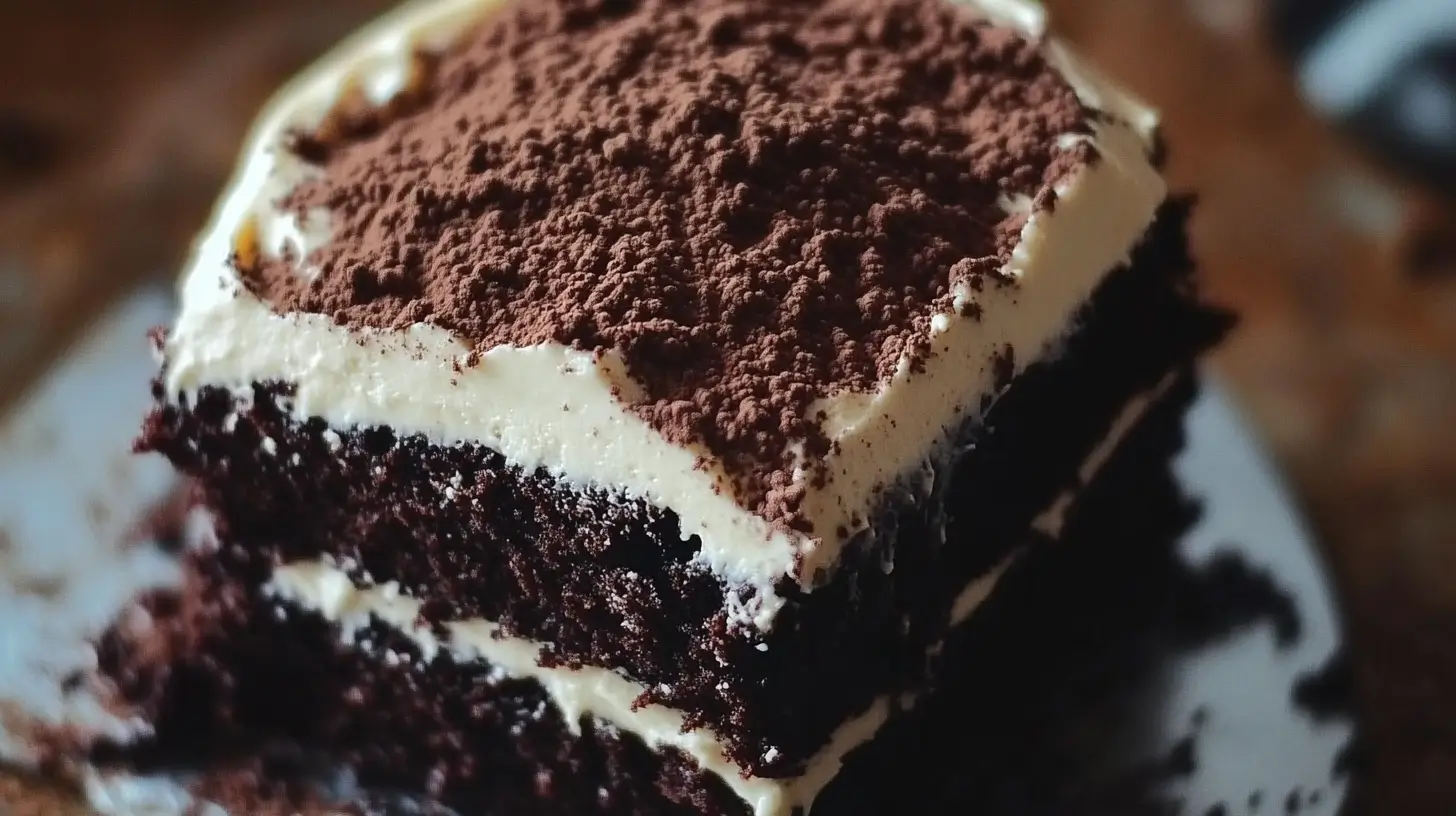
Chocolate Guinness Cake with Baileys Buttercream
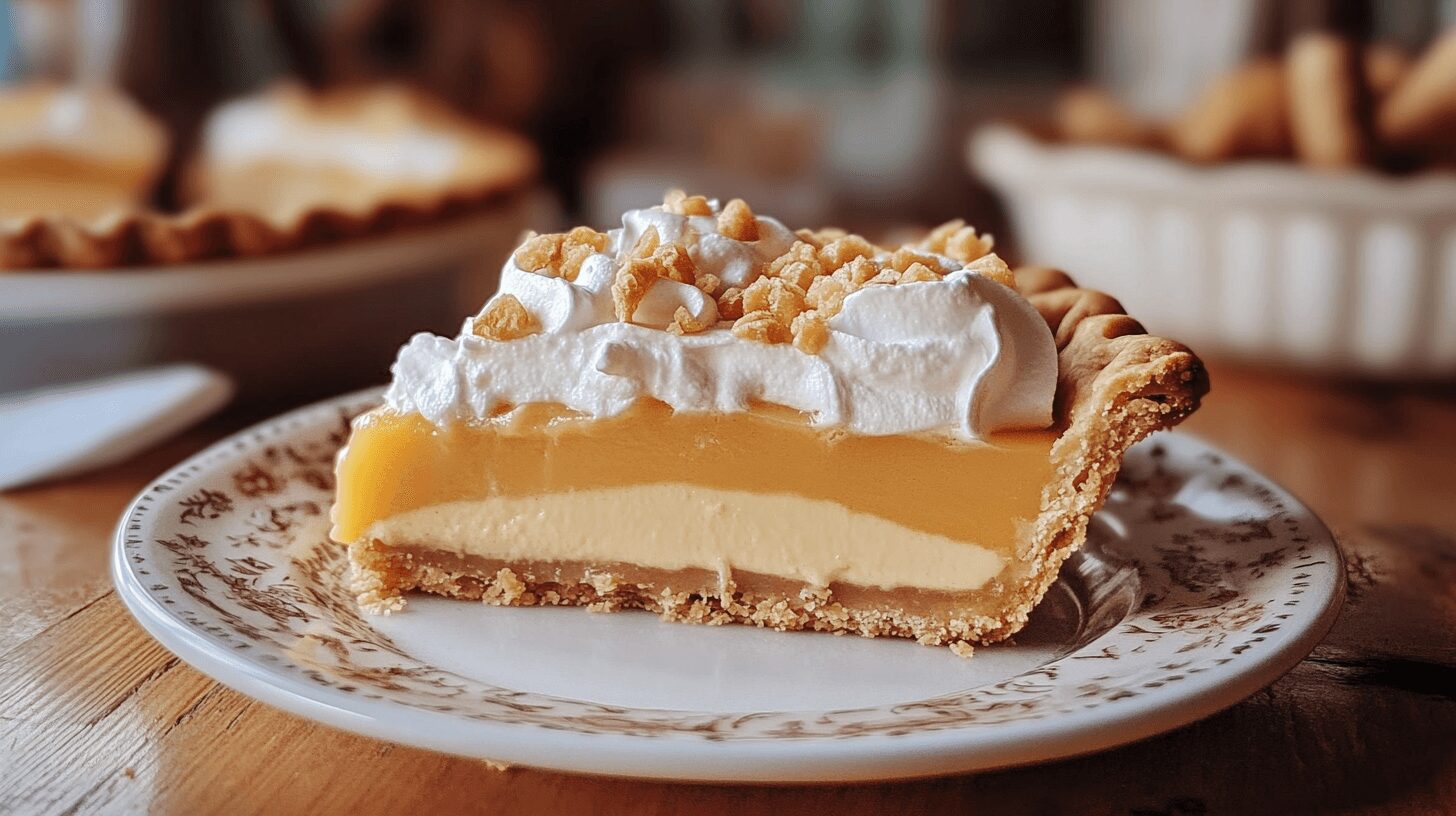
Ultimate Dolly Parton Butterscotch Pie: 5 Sweet Reasons to Try This Classic Dessert
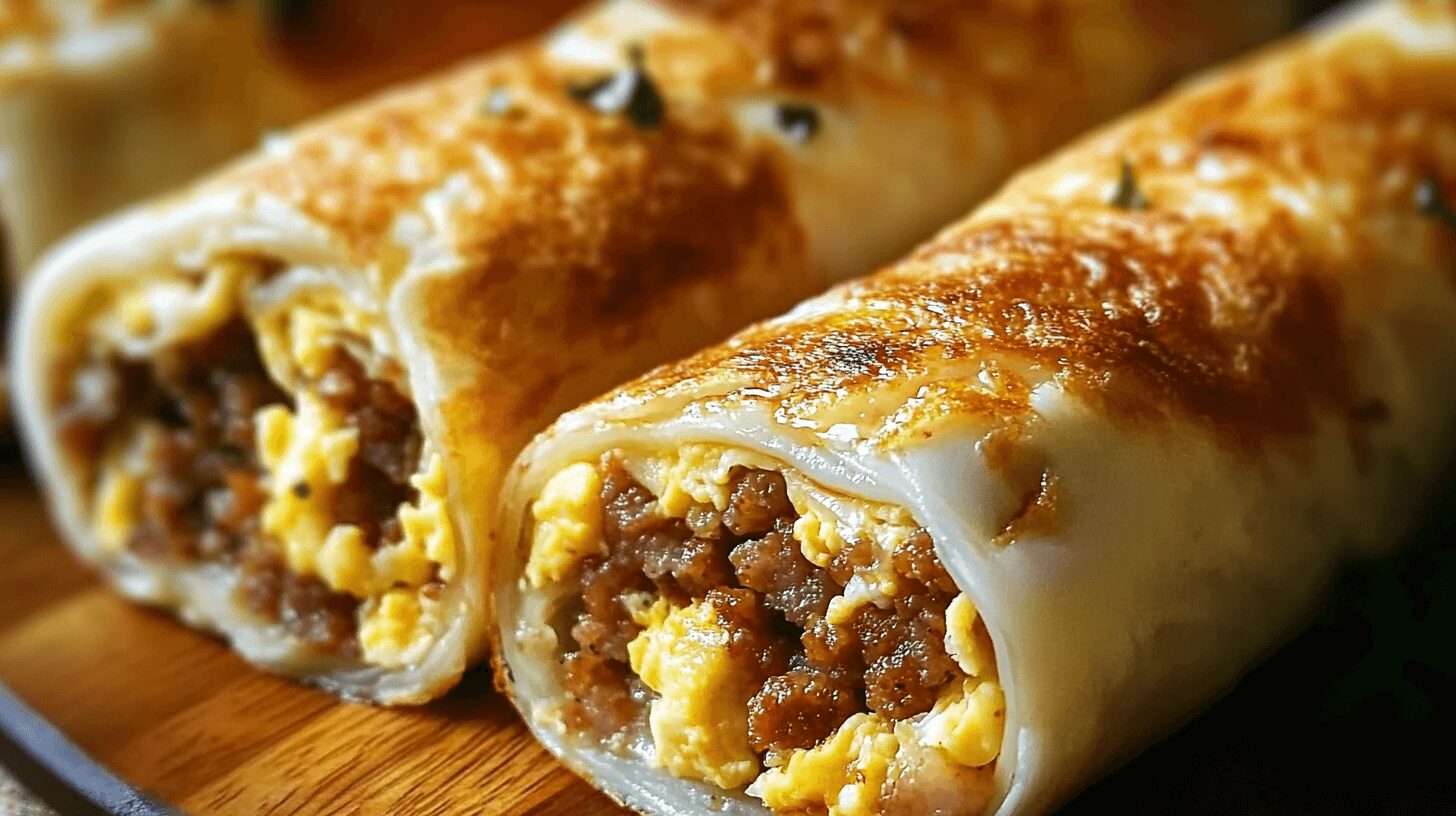
5-Minute Sausage Egg and Cheese Breakfast Roll-Ups: The Perfect Morning Delight

Healthy Avocado Grilled Cheese: 5 Reasons to Try This Nutritious Twist on a Classic

7 Reasons to Love Smothered Potatoes: A Delicious and Nutritious Comfort Food
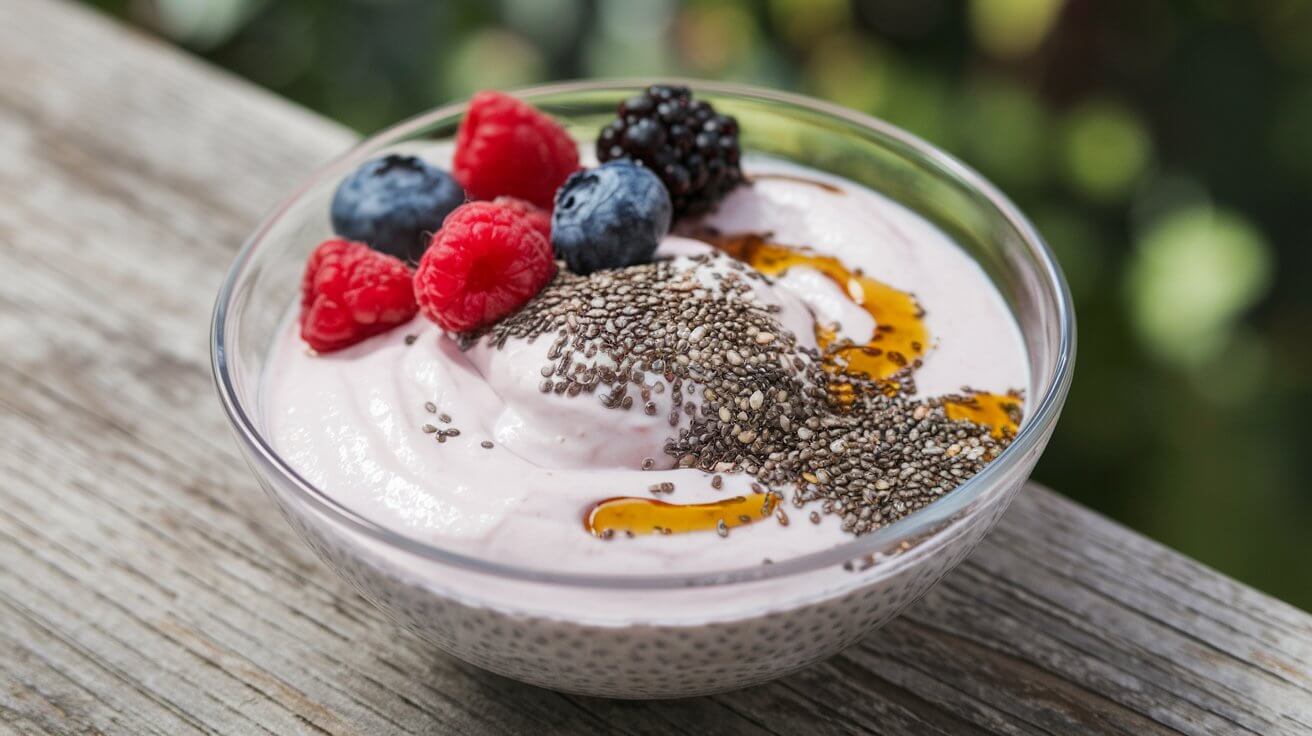
Greek Yogurt Chia Pudding: 5 Reasons This Simple, Healthy Treat is a Game-Changer


